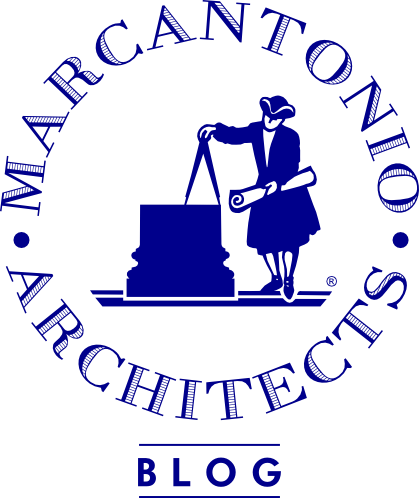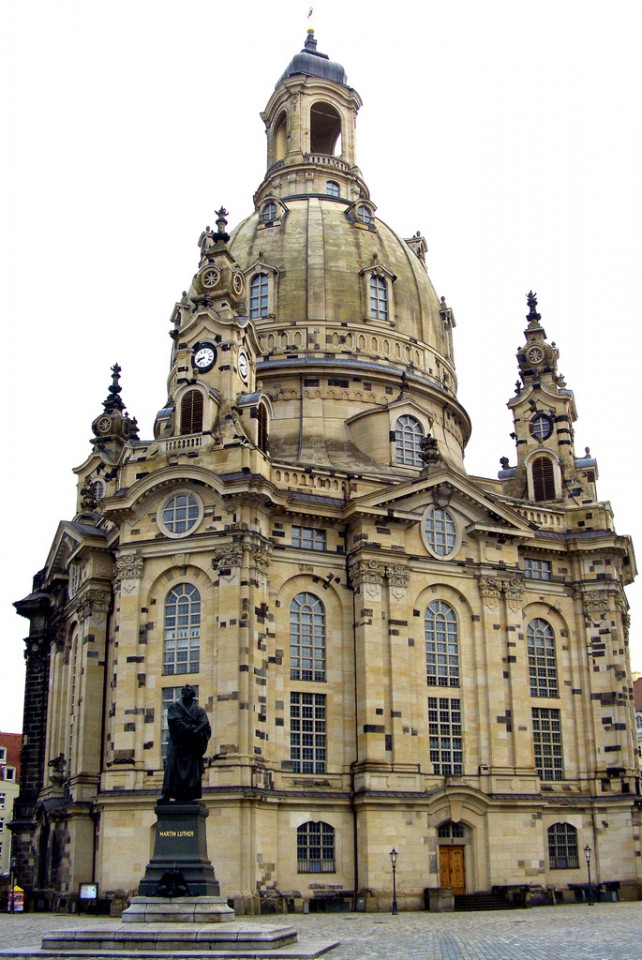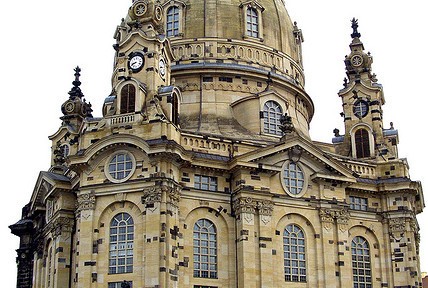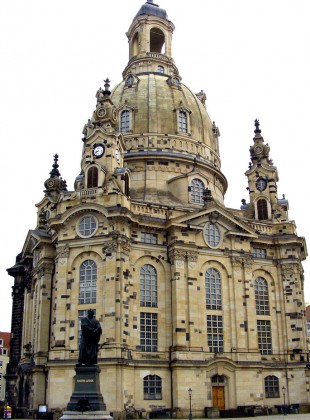What is traditional architecture?
Traditional architecture is that way of building which makes serious use of the familiar symbolic forms of a particular culture of a particular people in a particular place.
2. What is classical architecture?
Classical architecture is that segment of the body of traditional architecture of a people which has achieved the highest, most articulate, and most refined expression.
3. What is vernacular architecture?
Vernacular architecture is that segment of the body of traditional architecture of a people which serves the more humble purposes in their society.
4. Are classical and vernacular architecture related to one another?
The terms classical and vernacular describe the two ends of a single spectrum. If you were to line up all the buildings in a city from most important to least important you would find a smooth gradation from most ornamented to least ornamented; from the grandly scaled to humbly scaled; from precious materials to common materials; etc.
5. Why restore traditional architecture?
By using traditional forms, that is forms which are recognizable and communicate substantive content, the architecture becomes intelligible to the people of a particular place. As such, a people is able to communicate through their architecture who they are and what they value both to themselves for their own edification, to future generations, and to others.
6. Doesn’t modernist architecture communicate?
By its rejection of traditional forms, modernist architecture in its purest form rejects the possibility of communicating content, so its possibilities of expression are severely limited. It consigns itself chiefly to: (a) communicating the rejection of tradition by undermining expectations; (b) stimulating empty emotional responses with no particular content; or (c) expressing in code the private theories of the architect. Implicit in the rejection of traditional forms is the idea that nothing permanent about the human condition can be learned from previous generations or can be taught to future generations. Hence, this rejection also runs counter to common sense, as we naturally want to teach our children what we have learned about how to live well.
7. Doesn’t traditional architecture just blindly repeat the past?
Traditional architecture is not a blind repetition of the past any more than the poetry of Robert Frost is a blind repetition of the poetry of Shakespeare. Traditional language does necessarily entail play with precedent and historical continuity; however, they increase the possibilities for artistic expression. Indeed they are practically unavoidable and even today’s modernists play with Modernist precedents.
8. Then can’t Modernism represent a new tradition?
In theory Modernism rejects tradition and seeks continually to break with the past by continually rejecting recognizable forms, so it’s technically a contradiction to speak of Modernist tradition. In practice, this perpetual state of revolution is impossible to achieve since man’s artifacts naturally accrue meaning as time passes. However, if we accept that tradition is inevitable and even good, why not recover our regular traditions which have the benefit of millennia of refinement?
9. But traditional architecture does not speak to modern man.
A brief scan of the architectural and design magazine section at your local news stand would suggest otherwise. An overwhelming majority of these magazines feature traditional homes, both of the middle and upper classes, and they are then widely imitated. The average layman, who has not received an architectural education and has not learned the codes of Modernism, generally understands and appreciates traditional architecture but remains mystified by Modernism. It is the latter which does not speak to modern man.
10. Traditional architecture is elitist.
Au contraire, it is Modernist architecture which is elitist. The general perception is that, to understand Modernist architecture, one must belong to the special gnostic class, those few who have special knowledge and powers of interpretation.
11. Modernism is liberating while traditional architecture is an imposition.
The goal of Modernism is essentially a Marxist vision of emancipation. It seeks to strip the built environment of “oppressive” preconceptions of an objectively ordered and purposeful universe. Modernist apologists claim that the viewer is now given the opportunity to bring his own order to his world, but of course nothing of the sort actually occurs as it’s impossible to impose one’s personal order on the world. The only result is that people become disoriented. Consequently, they are more vulnerable than ever to the power class, as there are no longer any objective standards against which the power class’s actions may be judged. What starts out as Marxist dream of emancipation immediately becomes a Nietzschean nightmare of might makes right.
12. Then why are buildings like the new Guggenheim Museum in Bilbao so popular?
For a number of reasons, chief among them that they are trendy, titillating novelty items that garner a lot of press attention. However, they are destined to look dated within a short period just as the buildings which were trendy in the 1960s look dated today. Traditional architecture, in contrast, represents a body of forms which has endured generations of winnowing out the ephemeral and the unsuccessful. Hence, traditional architecture is more likely to be appreciated for generations to come.
13. You can’t turn back the clock.
Those who consider traditional architecture as relevant today as ever are not turning back the clock—they are the ones who correctly read the time. Traditional architecture allows each generation a try at improving that which has been handed down, and uses the past as a measure against which to judge a generation’s efforts. It’s a much tougher standard for success than the one Modernism sets for itself. Architectural history is chock full of efforts to restore clarity and refinement by learning from past generations. The Renaissance, perhaps the best known of these efforts, produced some of the most beautiful buildings in history. No one could seriously denigrate the efforts of Renaissance architects with the charge that they were turning back the clock.
14. Traditional architecture rejects modern technology.
Traditional architecture does not reject modern technology by any stretch of the imagination. When a new technology comes along which is an improvement over past techniques, it is natural to embrace it. Your humble correspondent regularly designs buildings with the best in mechanical, electrical, plumbing, audio-visual, and general construction technology.
15. How can I learn more about traditional architecture?
Study what are generally considered the greatest buildings and the best treatises, regardless of when they were built or written.

The Church of Our Lady (Frauenkirche), Dresden, Germany. This masterpiece is an 18th century Baroque reworking of a tradition which stretches back to antiquity. Completely destroyed in World War II, its meticulous reconstruction was completed in 2005 by popular demand.
(Image source)




Great post Dino!
I rarely post on blogs of this type, because I know basically next to nothing about architecture and prefer to be wowed by those in the know, but I had to share this link with someone who would appreciate it.Death of the McMansion? http://www.cnbc.com/id/38757287
Having visited the Church of St. Donatius in Zadar, Croatia, made me wonder if these old designs were not the inspiration for the Frauenkirche in Dresden and even the Dom in Berlin.
[…] http://blog.marcantonioarchitects.com/traditional-architecture-faq/ […]
hello,
I wanted to know what exactly is the difference between traditional architecture and vernacular architecture in terms of definition. Can anyone provide me a genuine source for the same definitions?